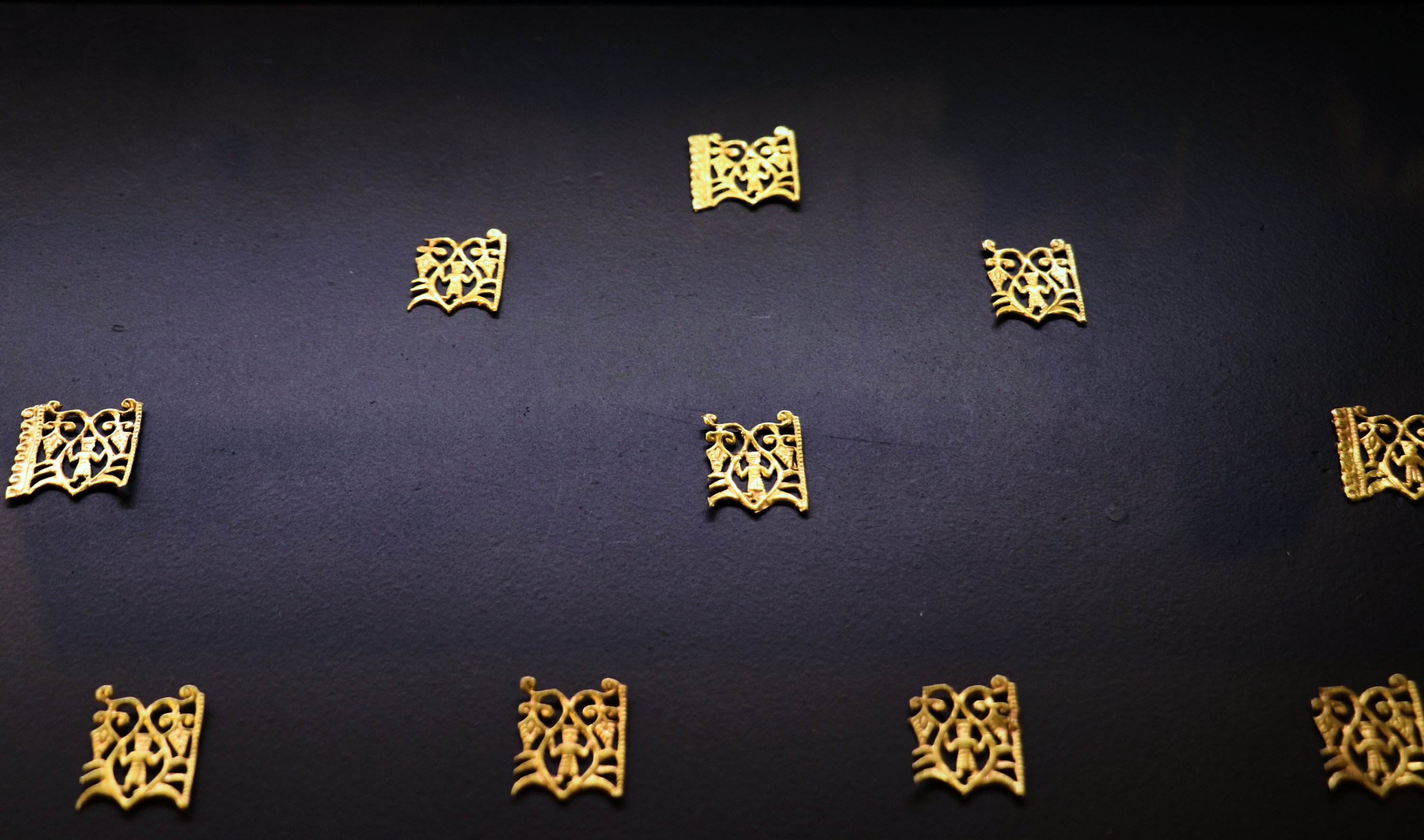© Turkuvaz Haberleşme ve Yayıncılık 2024
In the Altai Mountains of eastern Kazakhstan, archaeological excavations have uncovered golden artifacts dating back approximately 3,000 years from the Scythian period, which are now showcased in Astana. The exhibition, named "Ulu Dala Altındarı" ("The Gold of the Great Steppe"), is being held at the National Museum of Kazakhstan.
The exhibition features nearly 2,500 historical artifacts predominantly from the Scythians and the Western Göktürk Khaganate, revealing the region's rich cultural heritage. These exquisite gold items, crafted by artisans around 3,000 years ago, captivate visitors with their intricate designs and pearl inlays.

Renowned Kazakh archaeologist Zeynolla Samaşev noted that the oldest artifact dates back 3,000 years, while the most recent is around 1,000 years old. He emphasized that these artifacts demonstrate the peak of gold production and craftsmanship in the region.
Samaşev explained that the artifacts were discovered in tombs, kurgans and necropolises associated with the Scythians in the East Kazakhstan Region. He highlighted that rulers and their families, as well as valiant soldiers, were buried with gold-adorned garments and valuable possessions, including their horses, reflecting a belief in an afterlife.
Additionally, the exhibition includes gold items believed to belong to a khan, unearthed from a burial site excavated by Samaşev. Since 2016, the Kazakh government has initiated extensive excavation projects in East Kazakhstan, with Samaşev at the forefront. Over the past eight years, these efforts have enriched the nation's museums with 28,000 invaluable artifacts.
